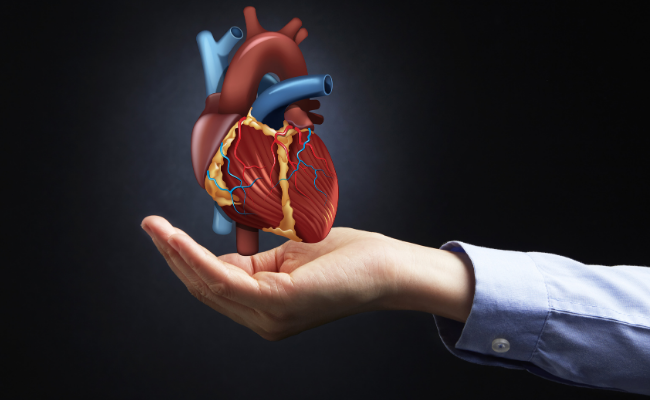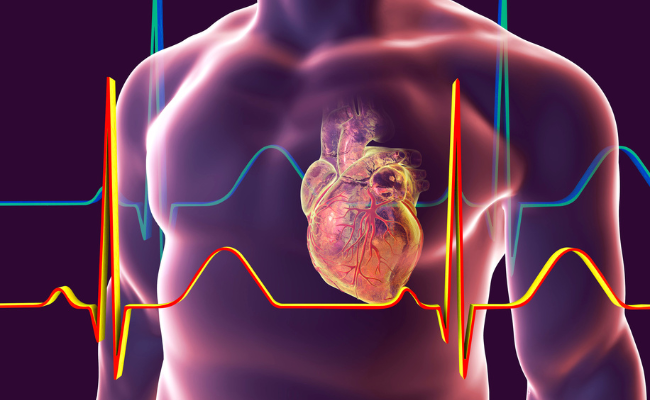How to Treat Supraventricular Tachycardia?
- January 04, 2024
- No Comments
What is Supraventricular Tachycardia (SVT)?
Supraventricular tachycardia (SVT) accelerates heartbeats abnormally, originating in the upper heart chambers. This disruption surpasses the normal 60-100 beats per minute range. Comparable to elevator doors closing too quickly, SVT hinders chambers from adequately filling with blood before the next contraction. In essence, SVT disturbs the heart's electrical system, causing irregular, rapid heartbeats and compromising circulatory function. A clear understanding of SVT is crucial for accurate diagnosis, effective management, and improved outcomes for individuals dealing with this form of arrhythmia.
Why Does SVT Occur?
SVT often results from abnormalities in the heart's electrical system. These abnormalities may be congenital, arising from birth, or acquired due to age-related changes, underlying medical conditions, or other factors. The triggers for SVT episodes can vary, and they may include stress, caffeine consumption, certain medications, stimulants, or other factors that impact the heart's electrical signaling.
How Does SVT Manifest?
The hallmark of SVT is a rapid and regular heartbeat, usually exceeding 100 beats per minute. Individuals experiencing SVT may also report palpitations, a fluttering sensation in the chest, dizziness, chest discomfort, and shortness of breath. While SVT is generally not life-threatening, it can significantly impact an individual's quality of life, leading to discomfort and anxiety during episodes. The duration of SVT episodes varies, ranging from a few seconds to several hours.
Treatment Solutions for SVT:
- Vagal Maneuvers: Vagal maneuvers are non-invasive techniques aimed at stimulating the vagus nerve to influence the heart rate. These maneuvers include techniques like bearing down as if having a bowel movement, holding one's breath, or immersing the face in ice-cold water. Vagal maneuvers are often attempted first, especially in cases of PSVT, to restore normal heart rhythm.
- Medications: Antiarrhythmic medications are commonly prescribed to control heart rhythm and prevent the recurrence of SVT episodes. Beta-blockers and calcium channel blockers are examples of medications that work by slowing down the heart rate and reducing the frequency of abnormal heart rhythms.
- Cardioversion: Cardioversion is a medical procedure that involves delivering an electric shock to the heart to restore normal rhythm. This procedure is typically considered when other treatment options are ineffective, and the SVT episodes are severe or prolonged.
- Catheter Ablation: Catheter ablation is a more invasive procedure that involves threading a catheter through blood vessels to the heart. Once in position, the catheter delivers radiofrequency energy to destroy the abnormal tissue responsible for the irregular heart rhythm. This procedure is often considered when medications fail to control SVT, providing a more definitive solution.
- Lifestyle Modifications: Certain lifestyle changes can contribute to the effective management of SVT. These may include reducing caffeine intake, managing stress through relaxation techniques, and adopting a healthy lifestyle with regular exercise and a balanced diet. Identifying and avoiding specific triggers that can precipitate SVT episodes are crucial aspects of long-term management.
Benefits of Treating SVT:
- Symptom Relief: Treating SVT effectively provides significant relief from symptoms such as palpitations, dizziness, and shortness of breath. This improvement in symptoms enhances an individual's overall quality of life, allowing them to engage in daily activities without the discomfort associated with rapid heart rhythms.
- Prevention of Complications: Prompt and appropriate treatment of SVT can prevent potential complications associated with this condition. For example, SVT can lead to the formation of blood clots, increasing the risk of stroke. By managing SVT, individuals can reduce these risks and maintain better cardiovascular health.
- Improved Physical and Emotional Well-being: Managing SVT allows individuals to participate in regular physical activities without the fear of triggering episodes. This promotes better physical fitness and emotional well-being, contributing to an overall healthier lifestyle.
- Reduced Healthcare Utilization: Adequate treatment of SVT leads to a decrease in emergency room visits and hospitalizations related to rapid heart rhythms. This not only alleviates the burden on healthcare resources but also reduces healthcare costs for individuals with SVT.
- Enhanced Long-term Outcomes: Consistent management and treatment of SVT contribute to better long-term outcomes. By preventing the progression of the condition and minimizing the risk of associated cardiovascular issues, individuals can lead healthier lives over the years.










.jpg)
Comments (0)
No comments yet